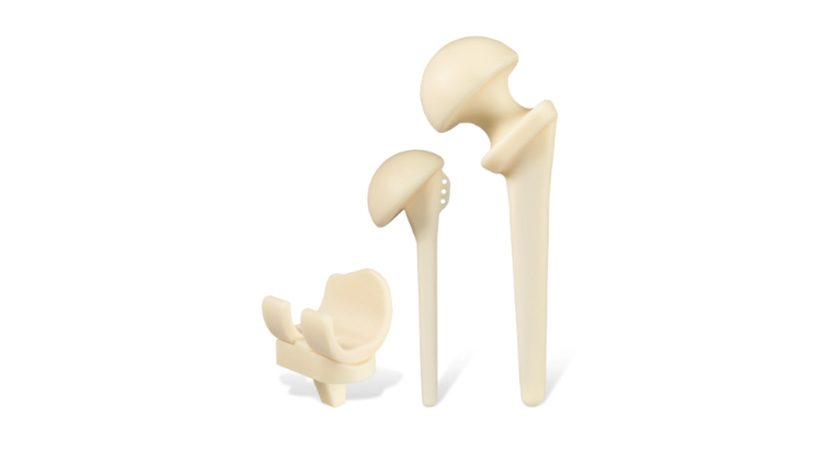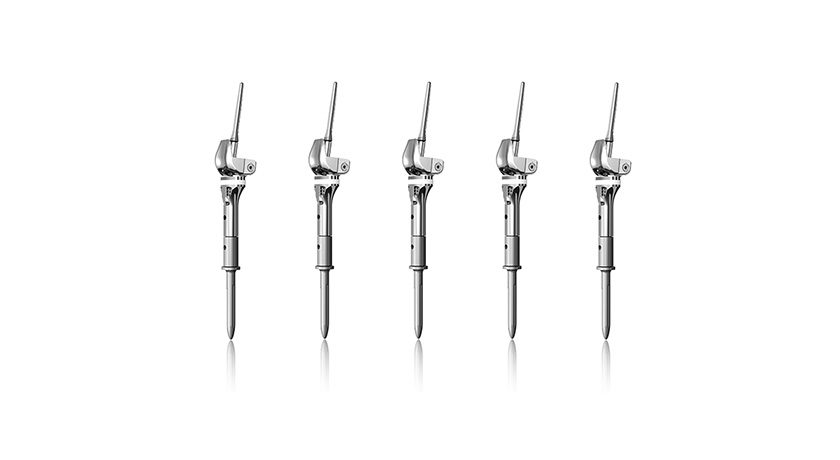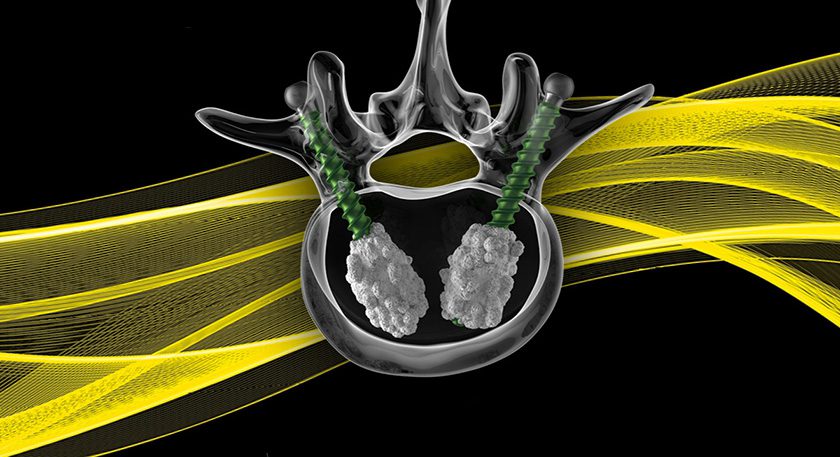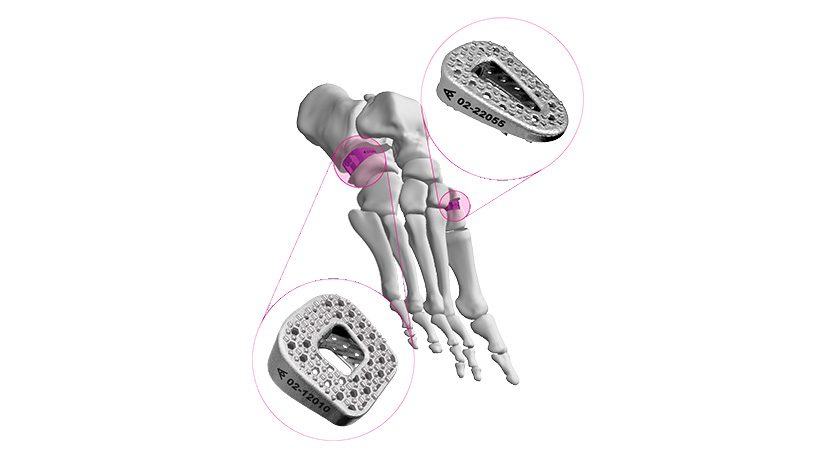
 Copy to clipboard
Copy to clipboard 
Merete Technologies has launched the second generation of its OsteoBridge™ IDSF – Intramedullary Diaphyseal Segmental Defect Fixation Rod System.
Features include modular hollow shells intended for management of segmental diaphyseal bone loss in the humerus, tibia or femur of oncology patients, secondary to radical bone resection due to tumors.
New features in the second generation include:
- Improved rotational stability via a clamping mechanism.
- Spacer/nail press-fit nearly triples the stability of the implant, according to Merete, by removing the previously needed reduction-bushing and the inclusion of equidistant grooves on a smooth, sand-blasted cylindrical clamping area. This feature allows intraoperative adjustments after the nails are fixated in proximal and distal fragments, prevents distraction or overextension before the components are engaged and may prevent structural failures.
- Improved modularity for an extended range of defect sizes (40-140 mm) and nail diameters for various intramedullary conditions.
Source: Merete Technologies; ORTHOWORLD, Inc.
Merete Technologies has launched the second generation of its OsteoBridge™ IDSF - Intramedullary Diaphyseal Segmental Defect Fixation Rod System.
Features include modular hollow shells intended for management of segmental diaphyseal bone loss in the humerus, tibia or femur of oncology patients, secondary to radical bone resection due to...
Merete Technologies has launched the second generation of its OsteoBridge™ IDSF – Intramedullary Diaphyseal Segmental Defect Fixation Rod System.
Features include modular hollow shells intended for management of segmental diaphyseal bone loss in the humerus, tibia or femur of oncology patients, secondary to radical bone resection due to tumors.
New features in the second generation include:
- Improved rotational stability via a clamping mechanism.
- Spacer/nail press-fit nearly triples the stability of the implant, according to Merete, by removing the previously needed reduction-bushing and the inclusion of equidistant grooves on a smooth, sand-blasted cylindrical clamping area. This feature allows intraoperative adjustments after the nails are fixated in proximal and distal fragments, prevents distraction or overextension before the components are engaged and may prevent structural failures.
- Improved modularity for an extended range of defect sizes (40-140 mm) and nail diameters for various intramedullary conditions.
Source: Merete Technologies; ORTHOWORLD, Inc.

You’ve reached your limit.
We’re glad you’re finding value in our content — and we’d love for you to keep going.
Subscribe now for unlimited access to orthopedic business intelligence.
JV
Julie Vetalice is ORTHOWORLD's Editorial Assistant. She has covered the orthopedic industry for over 20 years, having joined the company in 1999.







